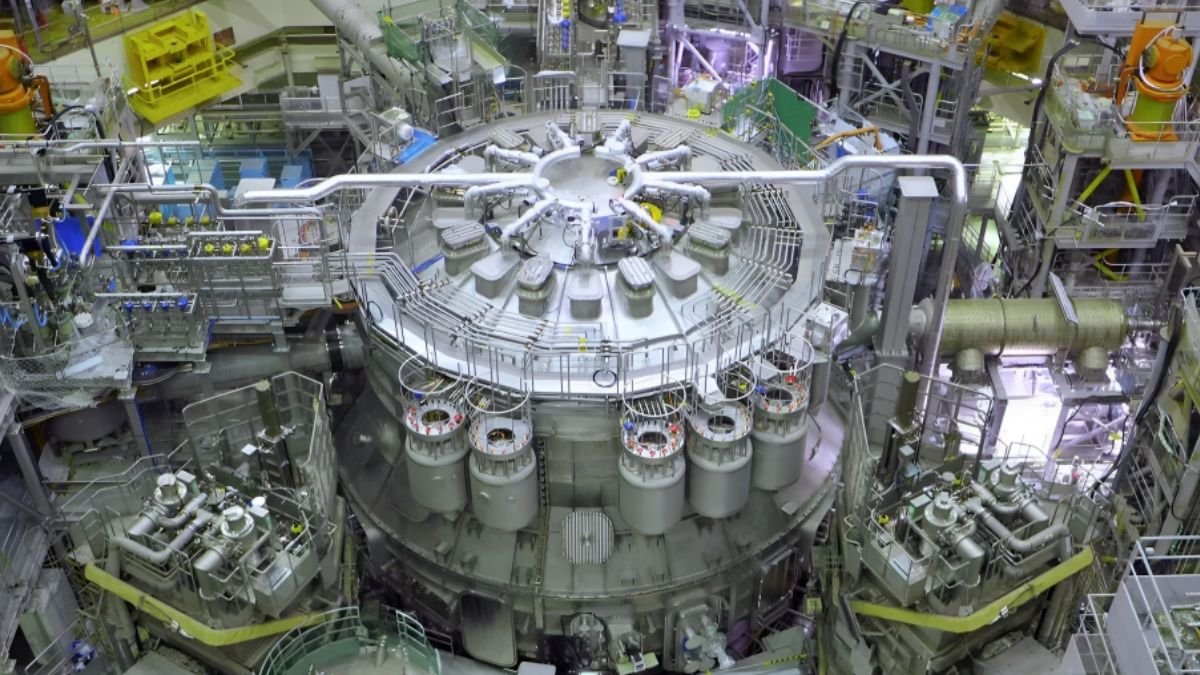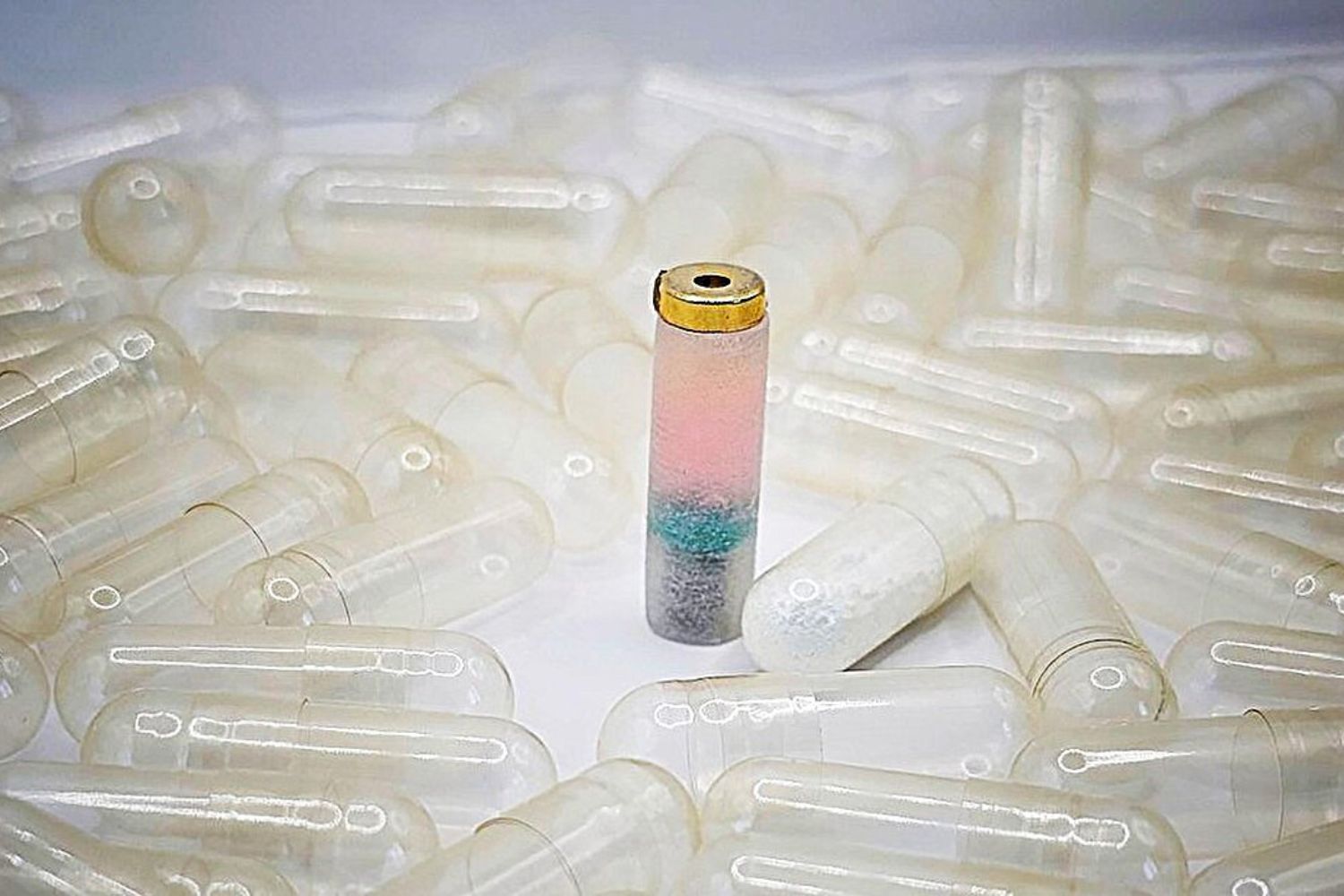Earlier this month, Japan took a significant step towards the practical application of nuclear fusion: Inauguration of JT-60SA, the largest operational superconducting tokamak ever installed in the world. Tokamaks are experimental toroid-shaped devices (resembling a giant donut) that use intense magnetic fields to confine high-temperature plasmas.
In this case, this heat, reaching 200 million degrees Celsius, aims to recreate the conditions that occur in the hearts of stars, and to release large amounts of energy by combining two atomic nuclei into a heavier nucleus. The idea is to combine light nuclei, such as hydrogen, to form heavier nuclei, such as helium, just as the Sun does.
The purpose of this experiment is to show that the project has the capacity to produce a net amount of energy. More energy needs to be transmitted than it takes to produce the one million amperes required to keep the plasma hot. This is crucial to control electrostatic repulsion between positively charged nuclei.
Testing nuclear fusion power for ITER
Although it is currently the most powerful tokamak ever built and has broken the record for heating plasma to 200 million degrees Celsius for 100 seconds, the JT-60SA (the letters indicate super advanced) is only a research and development tool and does not yet have this capability. Producing energy commercially.
It can be said that The facility is a testing laboratory for ITER (International Thermonuclear Experimental Reactor), It is being built in France and is expected to open within a few years.
ITER is being implemented in the south of France by the Fusion for Energy (F4E) organization responsible for European participation in the project, which will produce the components of the reactor and construct the buildings and facilities. The project is a consortium covering 35 countries: Besides the EU, there are also Switzerland, England, India, Japan, Russia, China and the USA.
Next steps towards an effective nuclear fusion reactor
Designed to be much larger than existing tokomaks, ITER’s scaling envisages extracting greater amounts of energy. To achieve this goal, plasmas will first be burned to achieve full fusion by 2035.
For this to happen, JT-60SA will provide the coordinates to be followed that will enable the implementation of an effective nuclear fusion reactor. Even before its opening, plasma was already circulating in it on October 23Much lower currents pass through it.
Marc Lachaise, director of Fusion for Energy, said in his opening remarks: “What happens here today will be important tomorrow for fusion’s contribution to a carbon-free energy matrix.”
Stay up to date on the latest developments in energy production at TecMundo. If you wish, also enjoy learning about the new study that suggests black holes can produce nuclear energy.
Source: Tec Mundo
I’m Blaine Morgan, an experienced journalist and writer with over 8 years of experience in the tech industry. My expertise lies in writing about technology news and trends, covering everything from cutting-edge gadgets to emerging software developments. I’ve written for several leading publications including Gadget Onus where I am an author.












